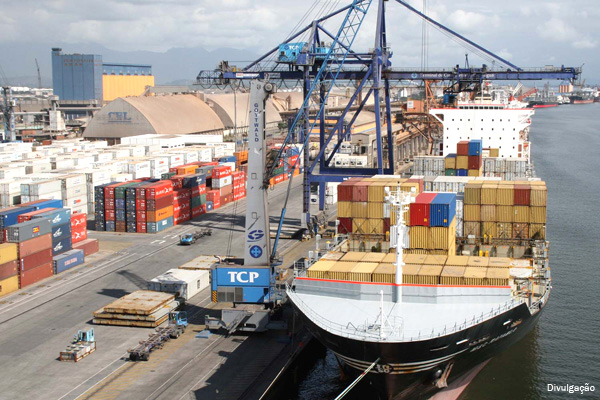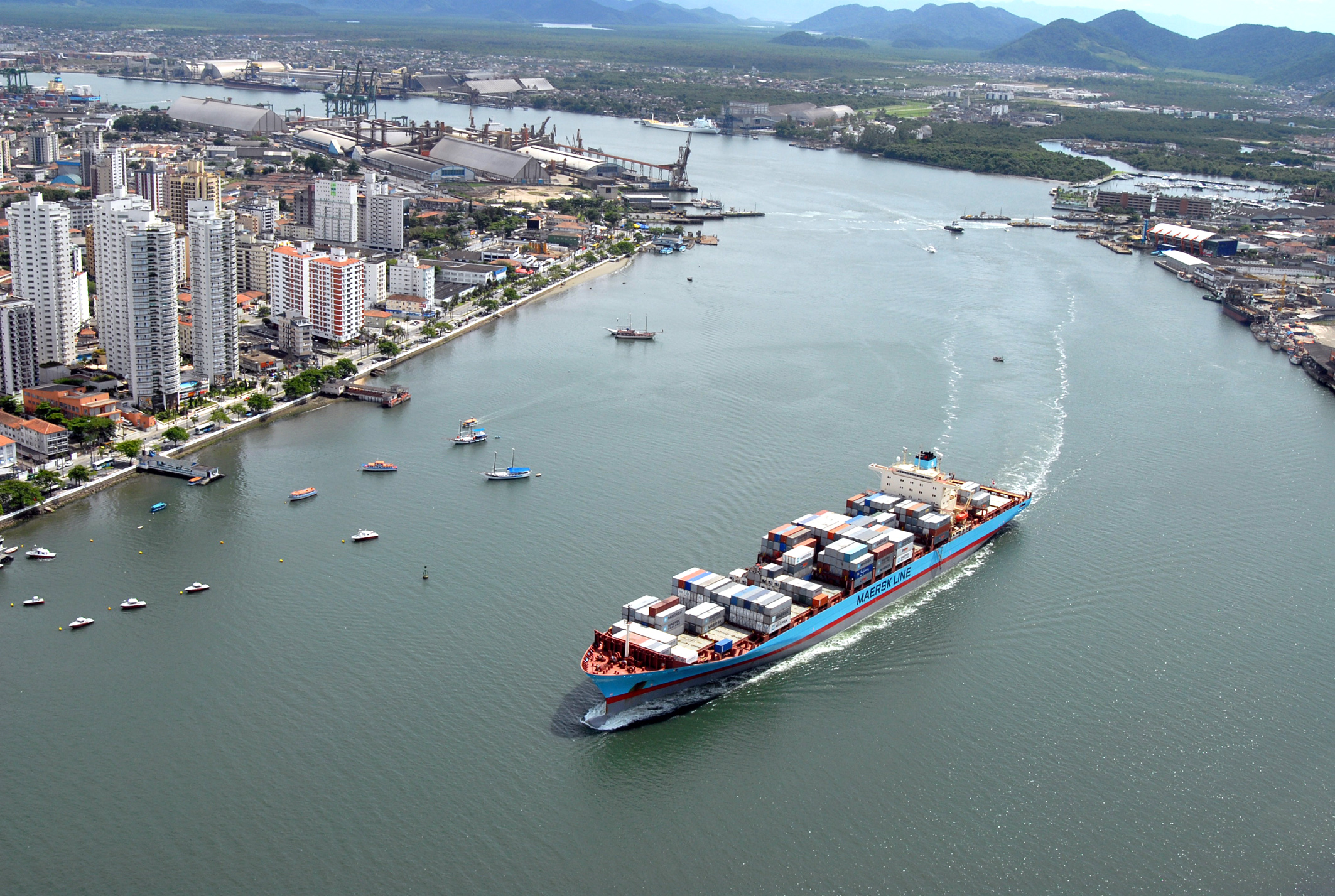Major investments private terminals must become more competitive Port of Santos
 However, it is worth noting that investments in improvements promoted mainly by the private sector, as part of the reality of the Port of Santos, which should make it even more productive.
However, it is worth noting that investments in improvements promoted mainly by the private sector, as part of the reality of the Port of Santos, which should make it even more productive.
Survey of the Institute of Logistics and Supply Chain (Ilos) highlighted the Port of Santos as the second least efficient, in an assessment of investments in the 12 largest port complexes in the country Deficiencies in access roads, inadequate storage and bureaucracy were the main problems pier Santos identified by the study. Among the improvements are identified and the operational importance.
However, it is worth noting that investments in improvements promoted mainly by the private sector, as part of the reality of the Port of Santos, which should make it even more productive.
Among these investments are highlighted automation projects already underway in terminals Ecoporto, Libra Group, Ultra, and Stoltheaven Rodrimar. The HTS Brazil, the company Ergos Group and arm the Israeli HTS – technology specialist for data recognition, active in over 25 countries – is responsible for the automation of 22 “gates” of the company Ecoporto at the Port of Santos. There are 20 frames recognition trucks and two for trains that will be monitored in real time without human intervention.
The company also signed a contract with other big name in the industry, the Libra Group, to deploy the solution OCR (Optical Character Recognition) on all access gates and load trucks in the units at the ports of Santos and Rio de Janeiro, and Group Rodrimar.
 “For the system of OCR (Optical Character Recognition), it is possible to recognize the plate of the truck, the container number and then transmit the information that free access for vehicles and loads. In addition, the system offers images and videos for damage inspection, ensuring the integrity of the load. But the great advantage of the entire operation, without doubt, is the agility that is required either on receipt of goods, avoiding queues within the ports. The waiting time for input, which is usually 10 to 15 seconds, shall be reduced to 3 seconds, “says Maxwell Rodrigues, vice president of HTS Brazil.
“For the system of OCR (Optical Character Recognition), it is possible to recognize the plate of the truck, the container number and then transmit the information that free access for vehicles and loads. In addition, the system offers images and videos for damage inspection, ensuring the integrity of the load. But the great advantage of the entire operation, without doubt, is the agility that is required either on receipt of goods, avoiding queues within the ports. The waiting time for input, which is usually 10 to 15 seconds, shall be reduced to 3 seconds, “says Maxwell Rodrigues, vice president of HTS Brazil.
The executive, who in recent months has been in the Netherlands and the United States, visiting automated terminals, argues that problems of access to ports is not exclusive to Brazil. “The main point is that there is a great deal of intelligence applied to terminals and logistics. Furthermore, the processes are respected and make the admission of a load is agile. We believe that the solution in Brazil is the adoption of well-designed projects and long-term, “he concludes.
Source: www.surgiu.com.br








